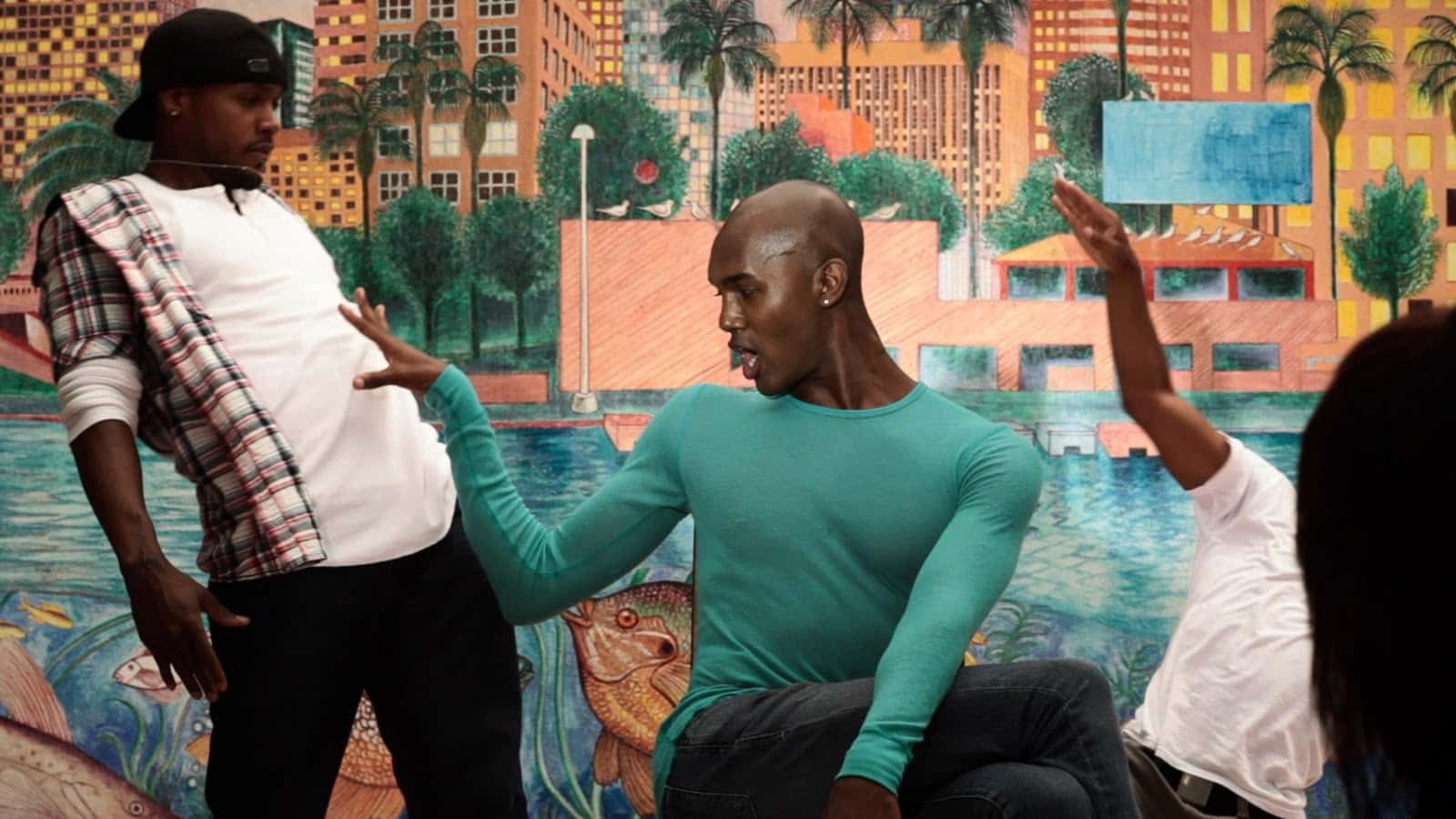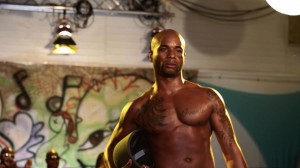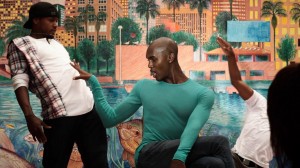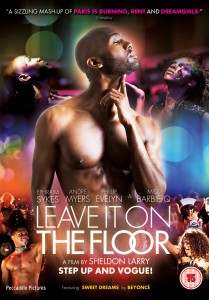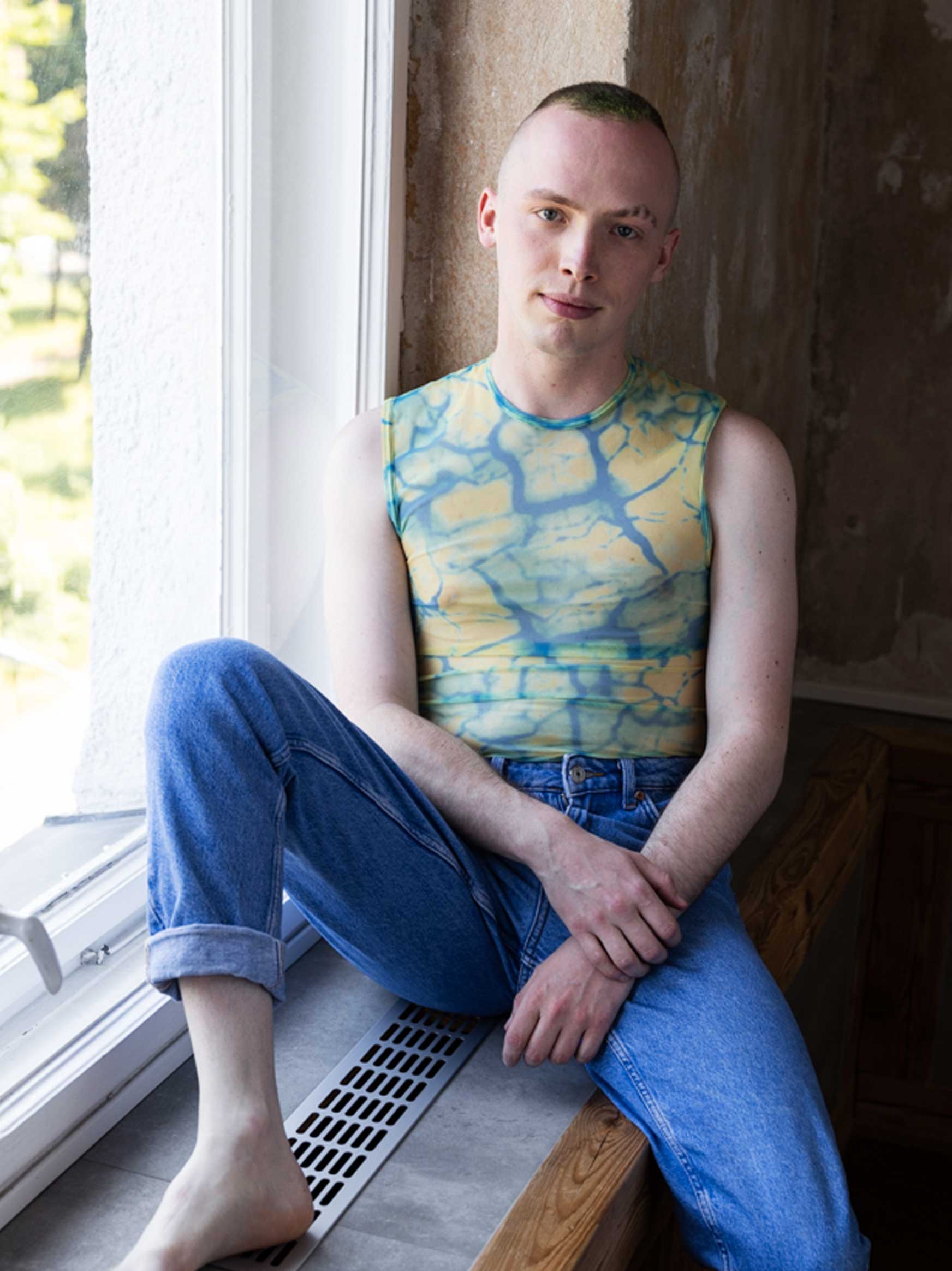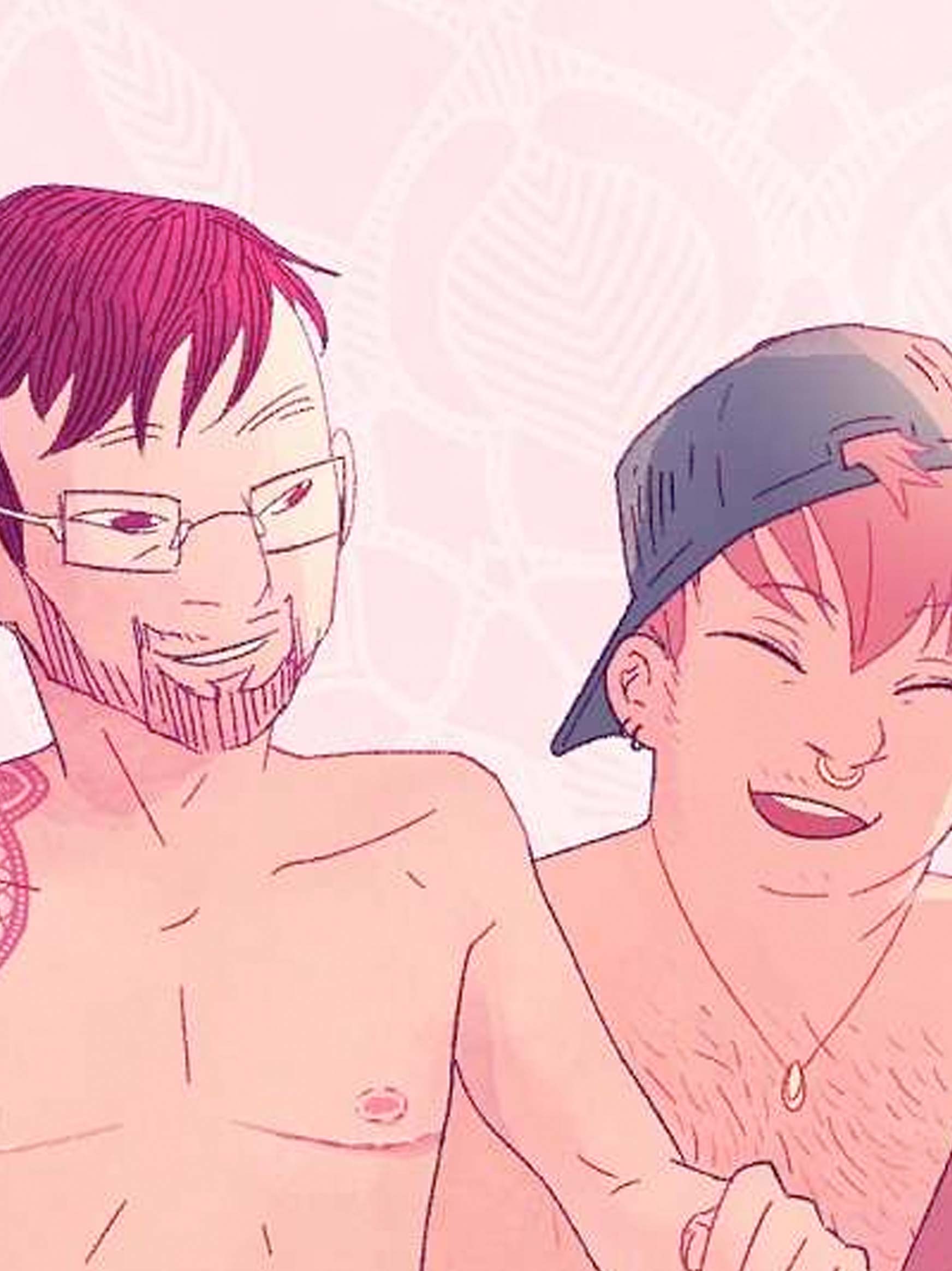Sometimes it can be an advantage for a pop star to have a gay brother. Christopher Ciccone dragged his older sister Madonna into the New York ballroom scene at the end of the 1980s, the very special underground culture that the queer black community had developed. "Strike a pose, there's nothing to it" - what Madonna copied there, she then turned into a pop phenomenon suitable for the masses in the video for "Vogue".
The ballroom scene has obviously not allowed itself to be corrupted by this and has also survived the success of Jennie Livingston's legendary cinema documentary "Paris is burning".
Because even in today's Los Angeles, black drag, transgender and gay people still seem to form clan-like families of choice, so-called "houses", and prepare for their competitions with unbridled ambition and perfectionism.
"The whole scene is just as lively in America today as it was in the eighties, but it's still very underground. There are these events in 15 cities. The biggest one is in New York. Sometimes 5000 visitors come there. But there are also smaller, more charming ones, like the one in Los Angeles," says US director Sheldon Larry, who is heterosexual by the way. It was there, in the ballroom community of his home city, that he found the boys and girls who now sing, play and dance their own, highly polished stories in his film musical "Leave it on the Floor".
Just like 20 years ago in New York, dazzling balls are organised here too, with the big catwalk showcase taking centre stage. Heidi Klum's model casting is truly a lame village walk compared to these equally parodic and deadly serious beauty contests, where the best pop princess, the most authentic Wall Street banker or the best glamour queen are awarded prizes.
The ballroom events thus become a queer parallel universe to the world outside, which is dominated by white heteros.
This is where 22-year-old Bradley (newcomer Ephraim Sykes) finds refuge after his religious mother throws him out the door. It's also stupid when your mum catches you surfing gay porn websites.
The shrill, dazzling world overwhelms him at first, but the queer flat share he stumbles into by chance soon becomes his family of choice. In Sheldon Larry's somewhat predictable story, it's not far from disturbed street kid to catwalk star, and it doesn't take long until the first innocent kiss.
However, Larry has devoted far more attention to the quick-witted dialogue and, above all, the show numbers than to the design of the characters. The eleven original songs danced to by Beyoncé choreographer Frank Gatsin Jr. certainly convey the energy that characterises the drag and ball scene. What is neglected, however, is the social explosiveness and subversiveness that are equally inherent in this underground phenomenon. The conflicts, hostility and even violent attacks that the kids are exposed to because they are gay and/or different are shown at the end of what is probably the most gripping scene in the whole film. At a funeral service, the queer family of choice and the homophobic blood family of a deceased drag queen come together and engage in a singing battle over who has sovereignty over the identity of the deceased and whether Eppie can be buried in a dress - or as Shawn in a suit.
(sho)
"Leave It on the Floor". USA/Canada 2011, directed by Sheldon Larry, with Ephraim Sykes, Philipp Evelyn, Miss Barbie-Q, Andre Myers. 101 minutes, original language. Cinema release: 18.10.
Photo credit: Salzgeber Medien
Link to the trailer:
http://www.youtube.com/watch?v=GBse8IErhTQ
